Home>Technology>Security & Surveillance>How To Add A Lock To Bedroom Door
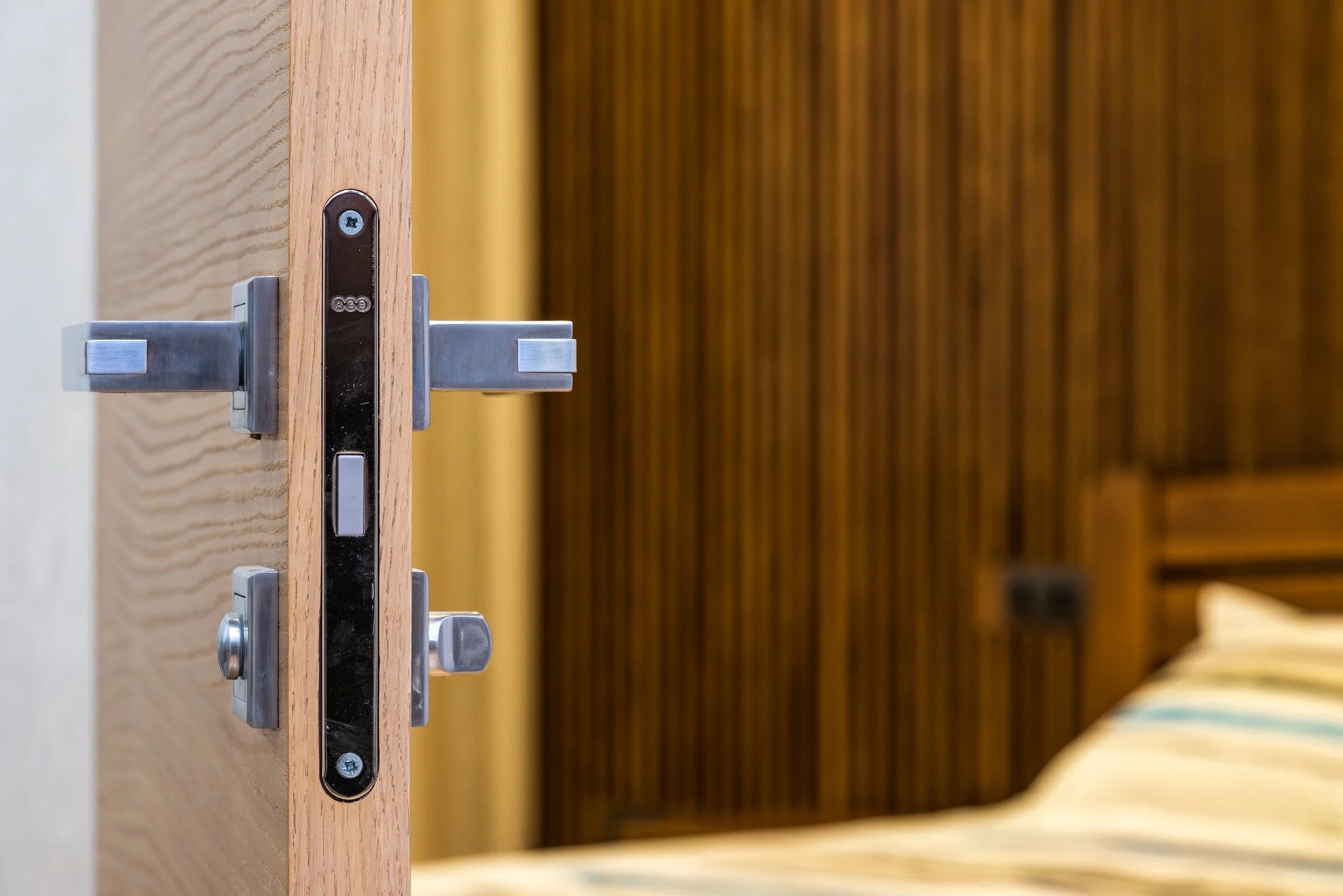

Security & Surveillance
How To Add A Lock To Bedroom Door
Modified: January 3, 2024
Learn how to enhance your home security with our step-by-step guide on adding a lock to your bedroom door. Keep your space safe and secure with our expert tips. Ideal for those interested in security and surveillance.
(Many of the links in this article redirect to a specific reviewed product. Your purchase of these products through affiliate links helps to generate commission for Storables.com, at no extra cost. Learn more)
**
Introduction
**
Securing your bedroom door with a lock can provide a sense of privacy and security, whether you live with roommates, have curious children, or simply wish to enhance the safety of your personal space. Adding a lock to your bedroom door is a practical and straightforward task that can be completed with just a few tools and a bit of know-how. In this guide, we will explore the essential steps to successfully install a lock on your bedroom door, ensuring that you can enjoy peace of mind and a private sanctuary within your home.
By taking the time to assess the type of door you have, select the appropriate lock, and follow the installation process carefully, you can effectively fortify your bedroom against unwanted intrusion. Whether you are a homeowner, a renter, or someone looking to enhance the security of your living space, this comprehensive guide will equip you with the knowledge and confidence to add a lock to your bedroom door with ease.
Let's delve into the essential considerations and step-by-step instructions for adding a lock to your bedroom door, empowering you to create a secure and private haven within your home.
**
Key Takeaways:
- Adding a lock to your bedroom door is a simple and practical way to enhance privacy and security, giving you peace of mind and control over your personal space.
- By carefully choosing the right lock and following the installation process, you can create a secure sanctuary within your home, tailored to your security needs and lifestyle.
Read more: How To Lock Bedroom Door Without A Lock
Assessing the Door
**
Before diving into the process of adding a lock to your bedroom door, it is crucial to assess the type of door you have and its existing hardware. By understanding the door’s construction and the available space for a lock, you can make informed decisions when choosing the right locking mechanism. Here are the key aspects to consider when assessing your bedroom door:
- Door Material: Determine the material of your bedroom door, as this will influence the installation process and the type of lock that can be effectively mounted. Common materials include wood, metal, and composite materials.
- Door Thickness: Measure the thickness of the door to ensure that the lock you select is compatible with its dimensions. Standard interior doors are typically around 1-3/8 inches to 1-3/4 inches thick, but it is essential to verify this before choosing a lock.
- Existing Hardware: Take note of any existing hardware on the door, such as handles, knobs, or locks. Understanding the current setup will help you determine the compatibility of the new lock and whether any adjustments are needed.
- Hinge Configuration: Assess the hinge configuration of the door to ensure that the addition of a lock will not interfere with its functionality. Some doors have multiple hinges, while others may have spring hinges or specialty hinges that require consideration.
By carefully evaluating these aspects, you can gain a clear understanding of your bedroom door’s characteristics and the parameters for adding a lock. This assessment sets the foundation for selecting the appropriate lock and proceeding with the installation process, ensuring a seamless and effective outcome.
**
Choosing the Right Lock
**
When it comes to selecting a lock for your bedroom door, several factors come into play, including security needs, door type, and personal preferences. By choosing the right lock, you can enhance the privacy and safety of your bedroom while complementing the overall aesthetics of your living space. Here are the key considerations for choosing the right lock:
- Privacy vs. Security: Determine whether you prioritize privacy, security, or a balance of both. Privacy locks are ideal for preventing unintentional intrusion, while security locks offer enhanced protection against unauthorized access.
- Lock Type: Explore different types of locks, such as knob locks, lever handle locks, deadbolts, and electronic locks. Each type offers unique features and installation requirements, so it is essential to select one that aligns with your door’s characteristics and your security preferences.
- Finish and Style: Consider the finish and style of the lock to ensure that it complements your bedroom’s décor and existing hardware. Common finishes include polished brass, satin nickel, oil-rubbed bronze, and stainless steel, allowing you to personalize the look of your bedroom door.
- Compatibility: Verify the compatibility of the chosen lock with your door’s thickness, backset, and borehole configuration. Ensuring that the lock is suitable for your specific door type is crucial for a successful installation.
- Additional Features: Explore additional features, such as keyless entry options, adjustable latch sizes, and tamper-resistant designs, based on your security preferences and lifestyle needs.
By carefully considering these factors, you can narrow down your options and choose a lock that meets your functional, aesthetic, and security requirements. Whether you opt for a traditional keyed lock or a modern electronic solution, selecting the right lock sets the stage for a successful installation and reliable bedroom security.
**
Consider installing a simple keyless door lock for added security and privacy. Make sure to measure the door thickness and choose a lock that is compatible with your door.
Installing the Lock
**
Once you have assessed your bedroom door and chosen the right lock, it’s time to embark on the installation process. Installing a lock on your bedroom door requires attention to detail and adherence to the manufacturer’s guidelines. By following these step-by-step instructions, you can successfully mount the lock and bolster the security of your personal space:
- Gather the Necessary Tools: Before starting the installation, gather the essential tools, including a screwdriver, a tape measure, a pencil, and the lockset assembly. Having these tools on hand will streamline the installation process.
- Prepare the Door: If your door has an existing lock or latch, carefully remove it by unscrewing the mounting screws and extracting the hardware. Clean the area to ensure a smooth surface for installing the new lock.
- Mark the Drill Points: Using the provided template or the dimensions specified in the lock’s instructions, mark the drill points for the lockset and the strike plate on the door and the door frame, respectively. Precision is crucial at this stage to ensure proper alignment.
- Drill the Openings: With the marked points as your guide, use a drill to create the necessary openings for the lockset and the strike plate. Exercise caution and use the appropriate drill bits to avoid splintering or damaging the door.
- Install the Lockset: Insert the lockset assembly into the prepared borehole on the edge of the door, ensuring that the latch bolt faces the correct direction. Secure the lockset in place using the provided screws, and verify that it operates smoothly.
- Attach the Strike Plate: Position the strike plate on the door frame, aligning it with the latch bolt, and secure it using the included screws. Test the door’s closure to ensure that the latch engages with the strike plate securely.
- Adjust and Test: Make any necessary adjustments to the lock’s components to ensure proper alignment and smooth operation. Test the lock multiple times to verify that it functions as intended and that the door latches securely when closed.
By meticulously following these installation steps and referring to the lock’s specific instructions, you can effectively add a lock to your bedroom door without complications. Attention to detail and precision during the installation process are key to achieving a reliable and secure locking mechanism for your personal sanctuary.
**
Testing the Lock
**
After successfully installing the lock on your bedroom door, it is essential to conduct thorough testing to ensure its functionality and reliability. Testing the lock provides peace of mind and allows you to address any potential issues before relying on it for everyday use. Here are the key steps to effectively test the newly installed lock:
- Operate the Lock: Test the lock by engaging and disengaging it multiple times using the key or the internal locking mechanism, depending on the type of lock you have installed. Verify that the lock operates smoothly without any resistance or sticking points.
- Check the Latch Alignment: Close the door and observe the alignment of the latch with the strike plate. Ensure that the latch securely engages with the strike plate without requiring excessive force or adjustment.
- Test the Keyed Entry: If your lock includes a keyed entry, test the key’s functionality by inserting it, turning the cylinder, and confirming that the lock can be securely locked and unlocked using the key.
- Evaluate the Door Closure: Open and close the door multiple times to assess its closure and the smooth operation of the lock. Confirm that the door latches securely and that the lock reliably keeps the door closed when engaged.
- Assess Additional Features: If your lock includes additional features, such as privacy settings, adjustable latches, or keyless entry options, test each feature to ensure that it functions as intended and aligns with your security and privacy preferences.
By meticulously testing the lock and its various components, you can identify any potential issues or adjustments needed to optimize its performance. Addressing any concerns during the testing phase allows you to fine-tune the lock and ensure that it provides the desired level of security and privacy for your bedroom.
**
Read more: How To Add A Lock To A Sliding Door
Conclusion
**
Adding a lock to your bedroom door is a practical and empowering endeavor that enhances the security and privacy of your personal space. By carefully assessing your door, choosing the right lock, and following the installation process with precision, you can create a secure sanctuary within your home. The ability to fortify your bedroom against unwanted intrusion not only provides peace of mind but also contributes to a sense of control and autonomy over your living environment.
Through the thoughtful selection of a lock that aligns with your security needs and aesthetic preferences, you can tailor the locking mechanism to suit your lifestyle and complement your bedroom’s décor. The installation process, when approached with attention to detail and adherence to the manufacturer’s guidelines, results in a reliable and effective locking solution that bolsters the safety of your personal space.
Thoroughly testing the newly installed lock ensures its functionality and allows you to address any potential issues, ultimately providing reassurance and confidence in its performance. By conducting comprehensive testing, you can fine-tune the lock and address any concerns, guaranteeing that it meets your expectations for security, privacy, and ease of use.
As you complete the process of adding a lock to your bedroom door, take pride in the enhanced security and privacy that it brings to your living space. Embrace the newfound peace of mind and the ability to create a personal retreat within your home, knowing that your bedroom is equipped with a reliable and secure locking mechanism tailored to your needs.
With the knowledge and confidence gained from this comprehensive guide, you are well-equipped to embark on the journey of adding a lock to your bedroom door, empowering you to take control of your personal space and prioritize security and privacy within your home.
Frequently Asked Questions about How To Add A Lock To Bedroom Door
Was this page helpful?
At Storables.com, we guarantee accurate and reliable information. Our content, validated by Expert Board Contributors, is crafted following stringent Editorial Policies. We're committed to providing you with well-researched, expert-backed insights for all your informational needs.
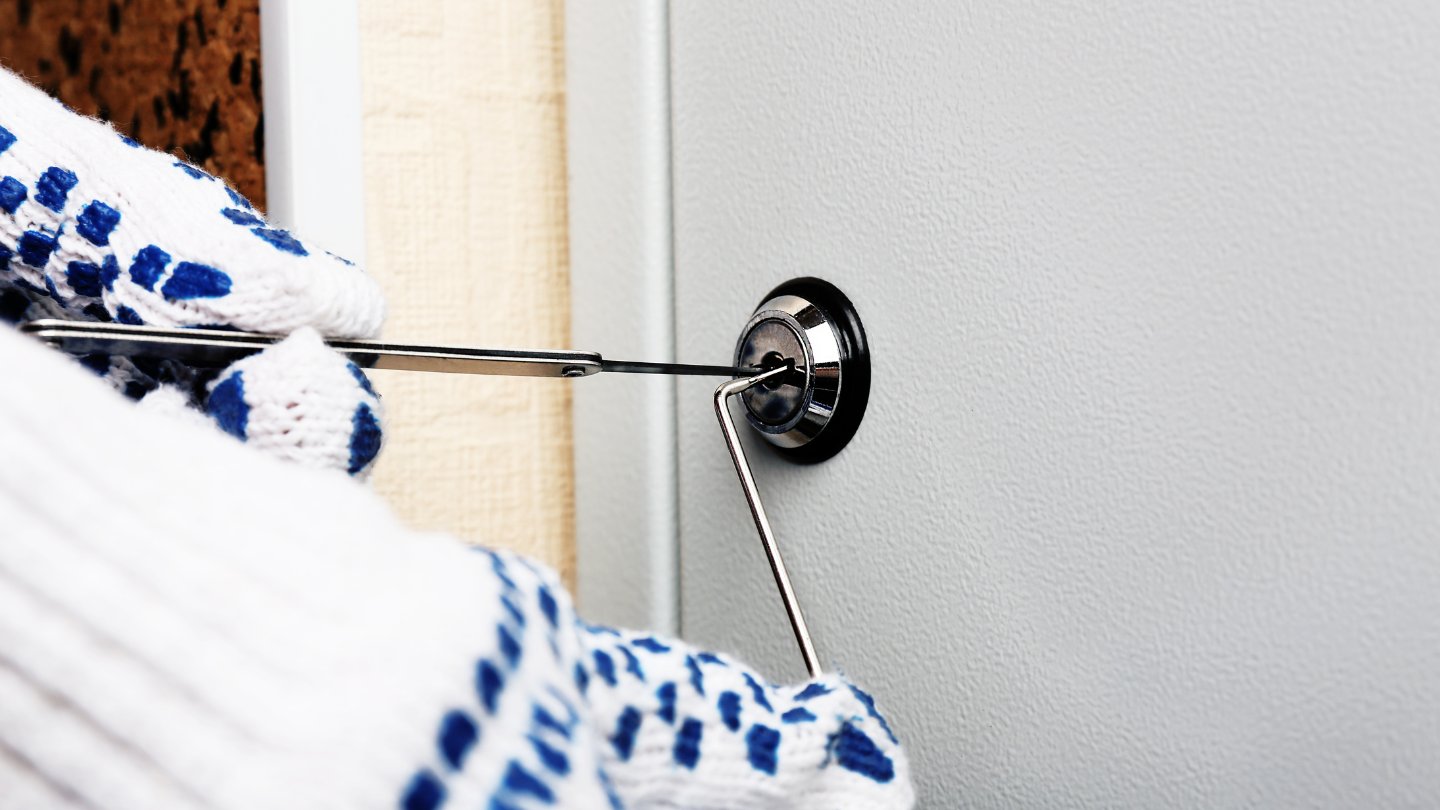
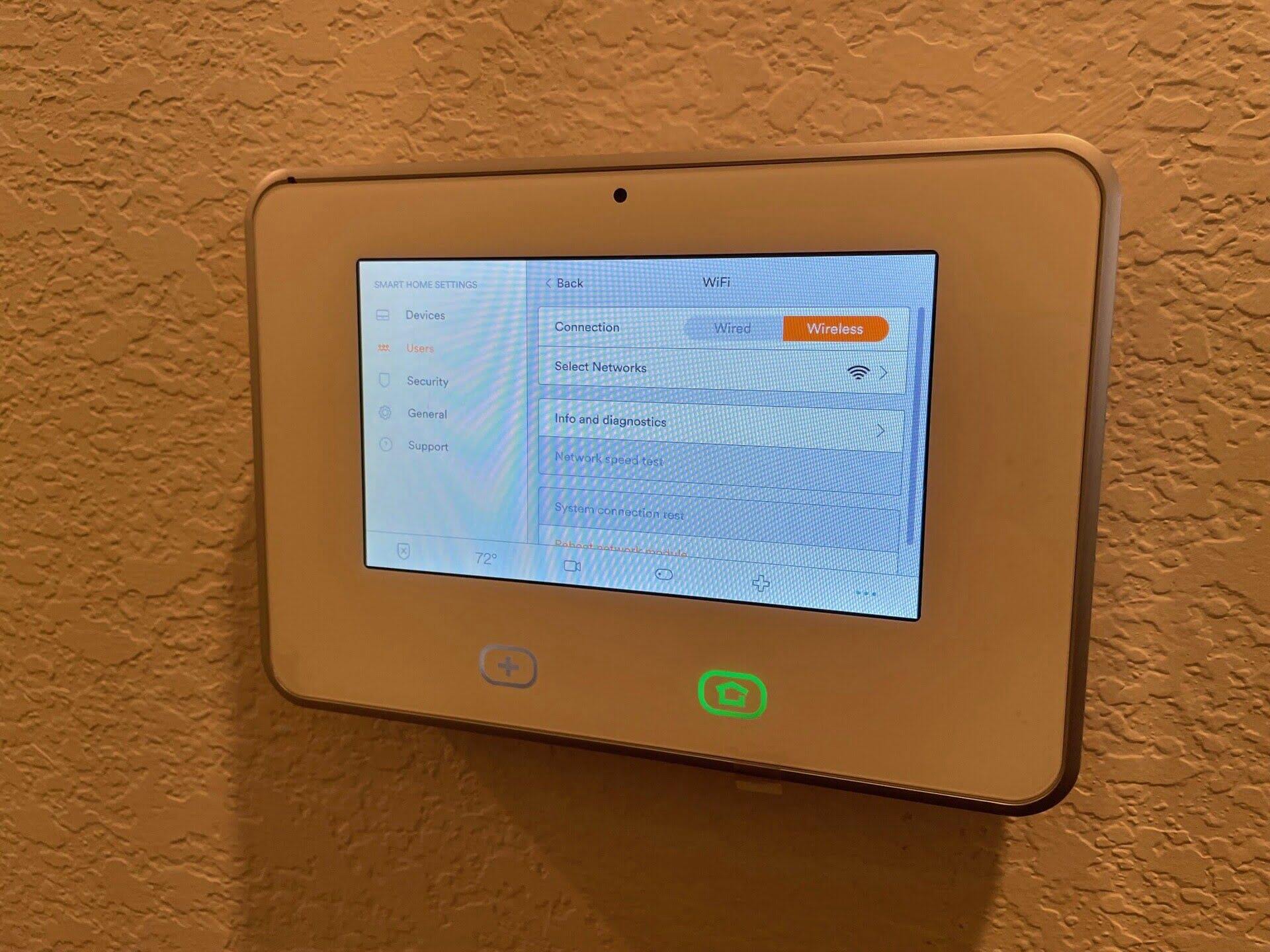
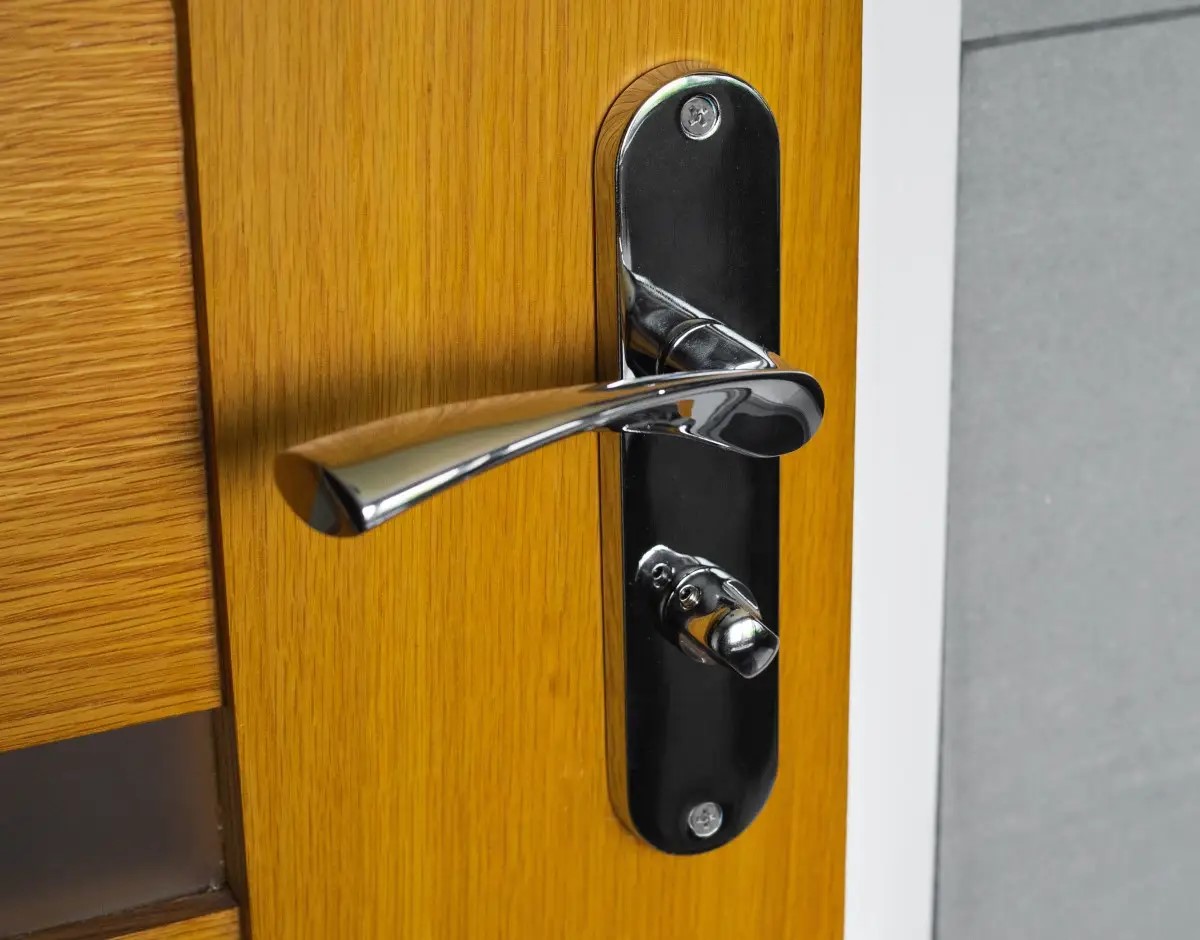
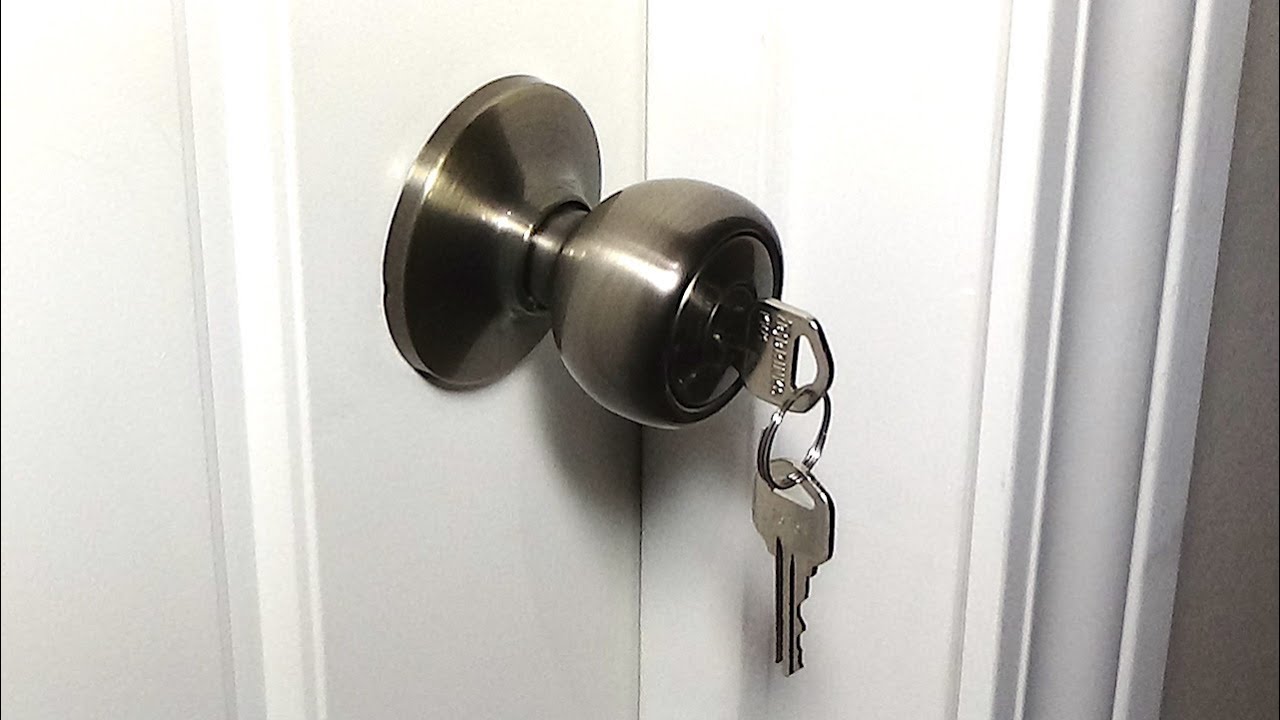
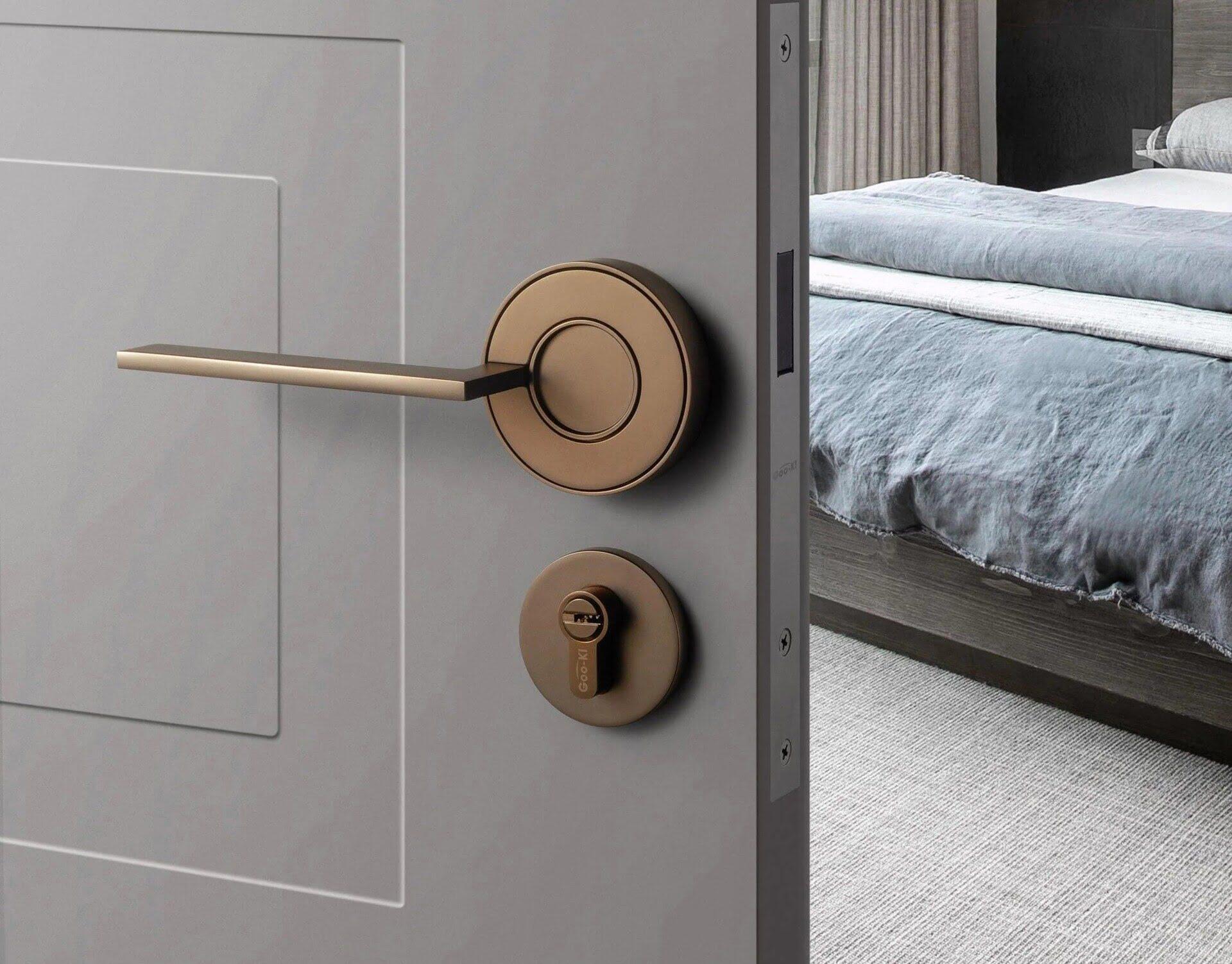
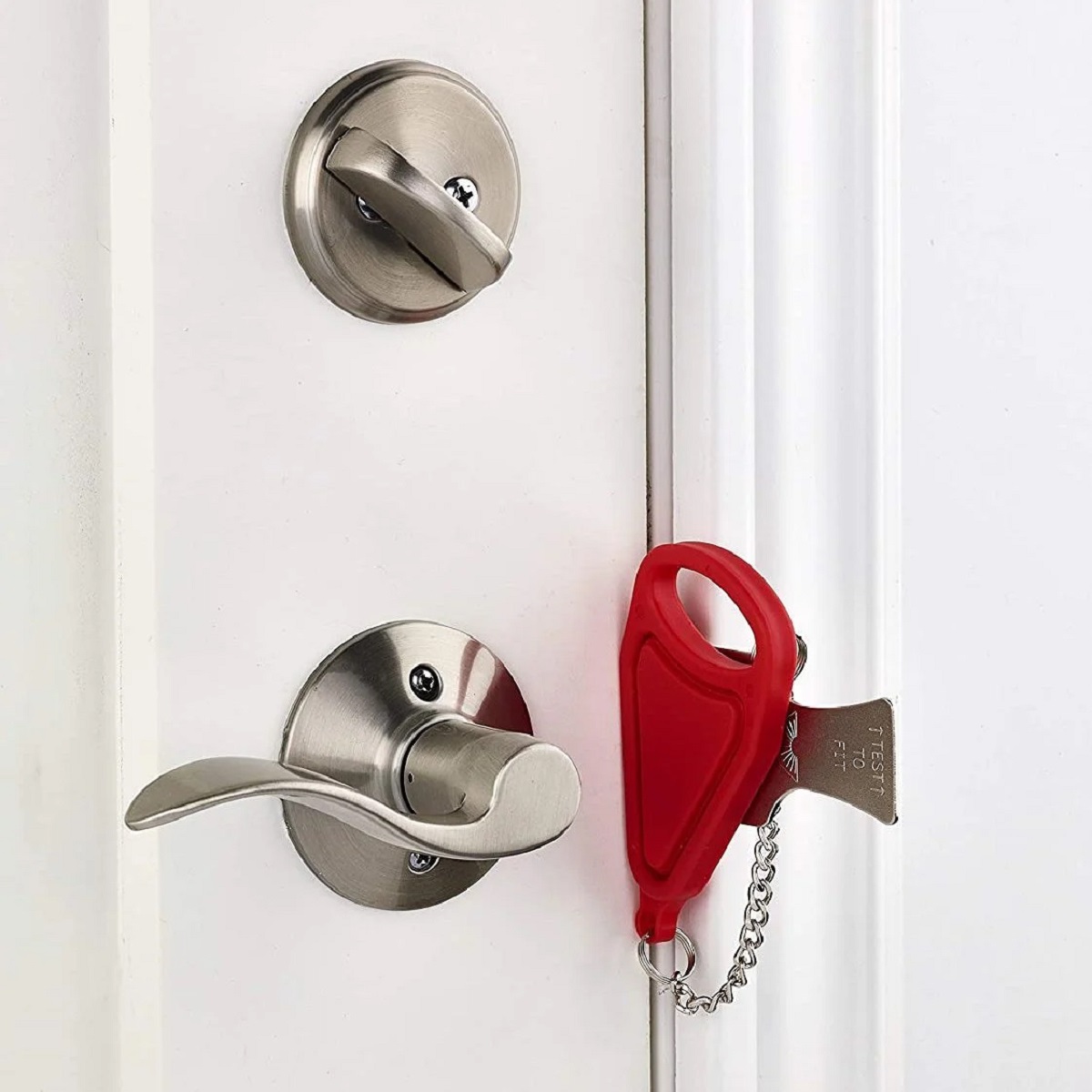
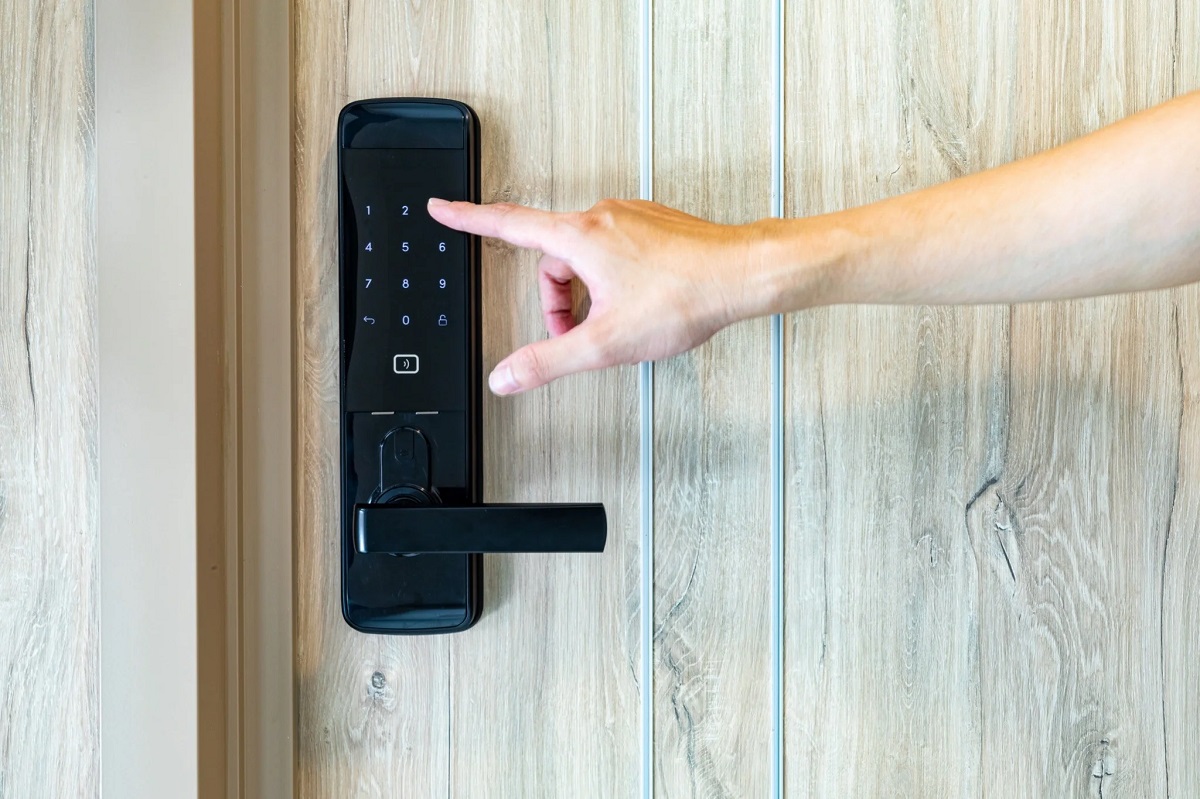
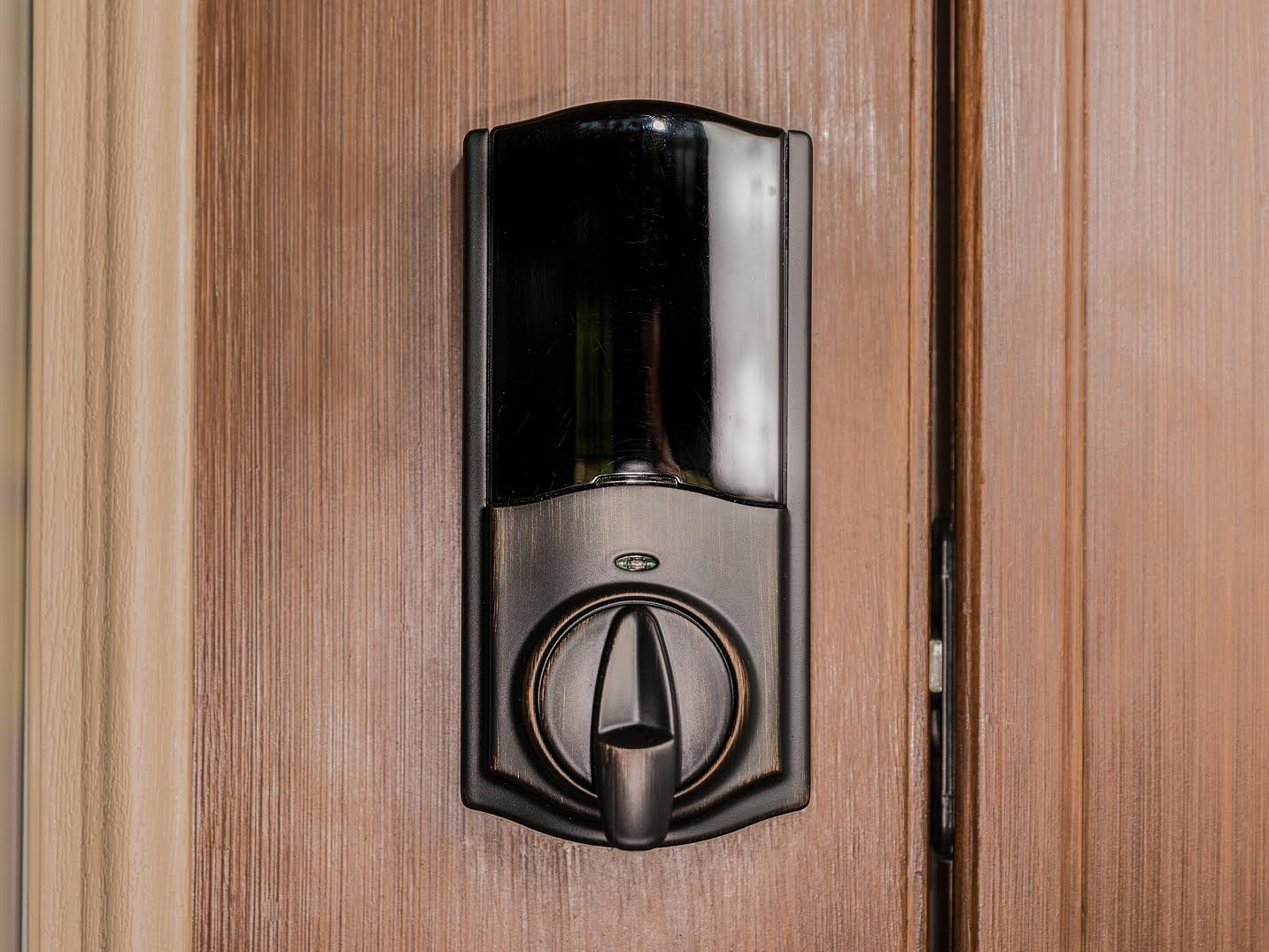
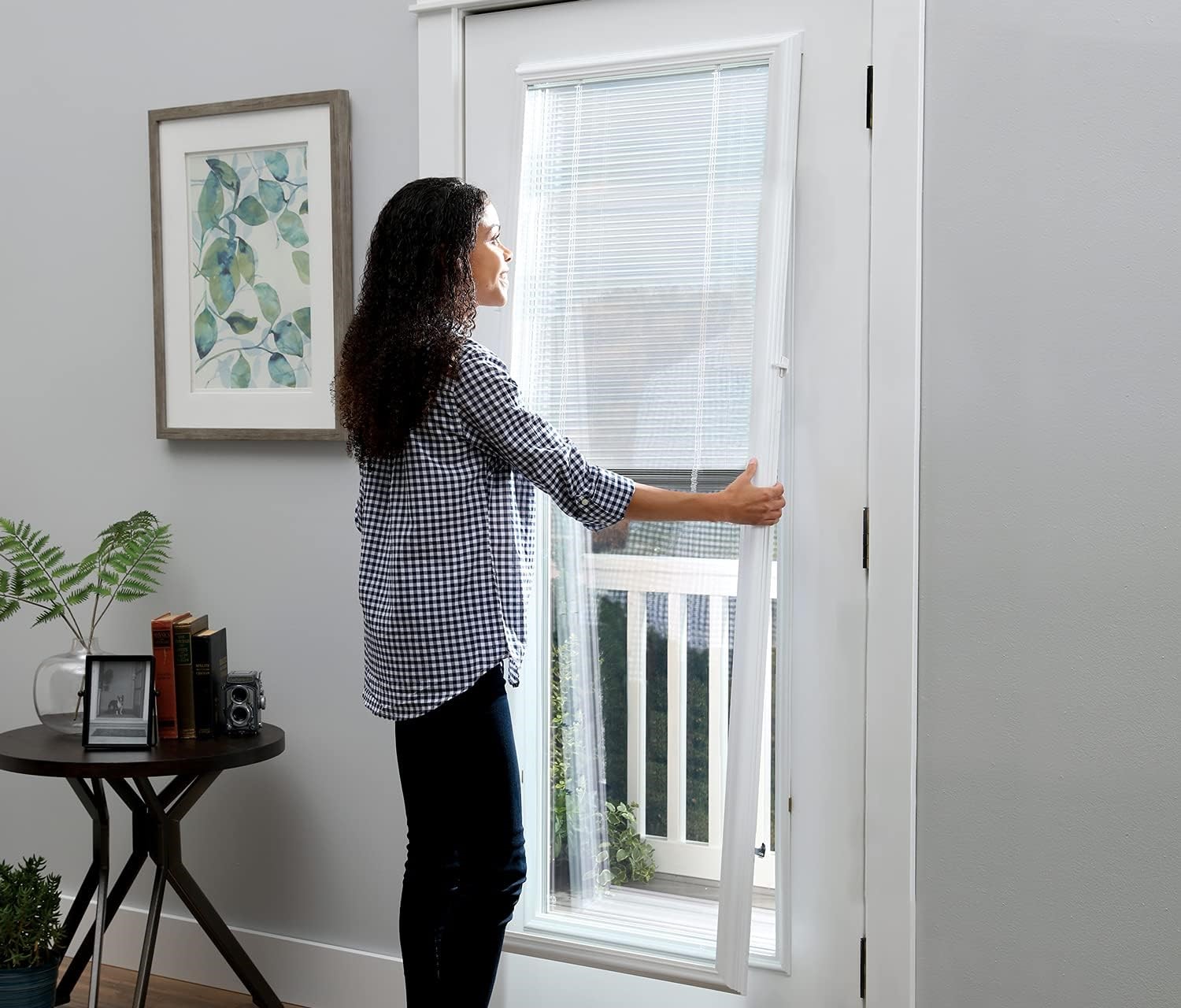
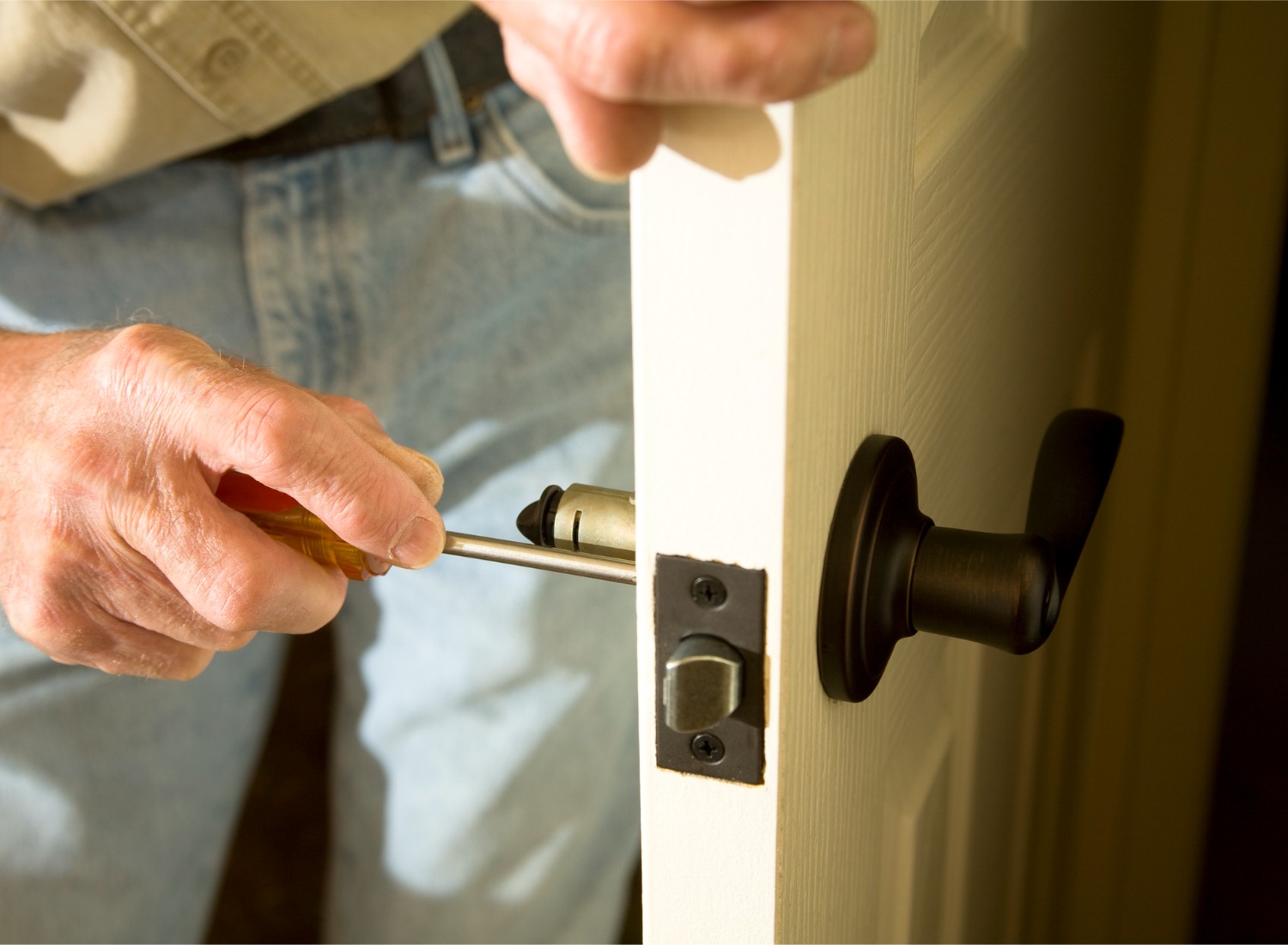
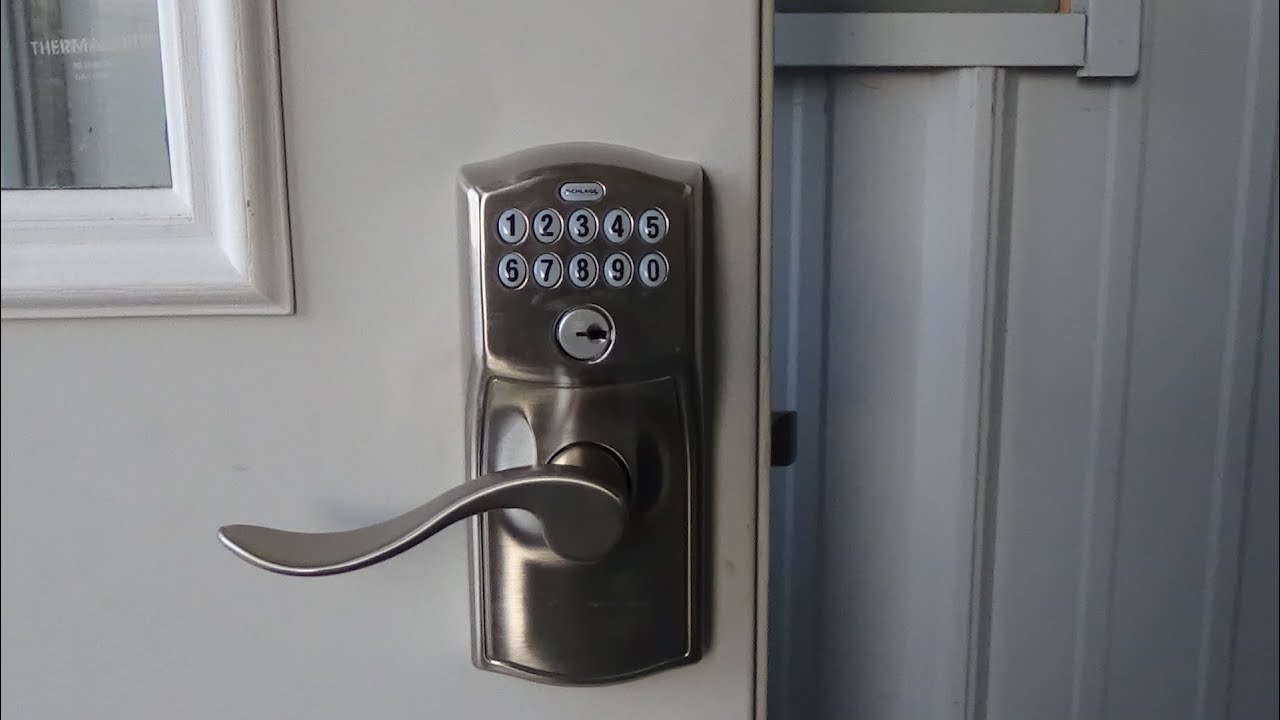
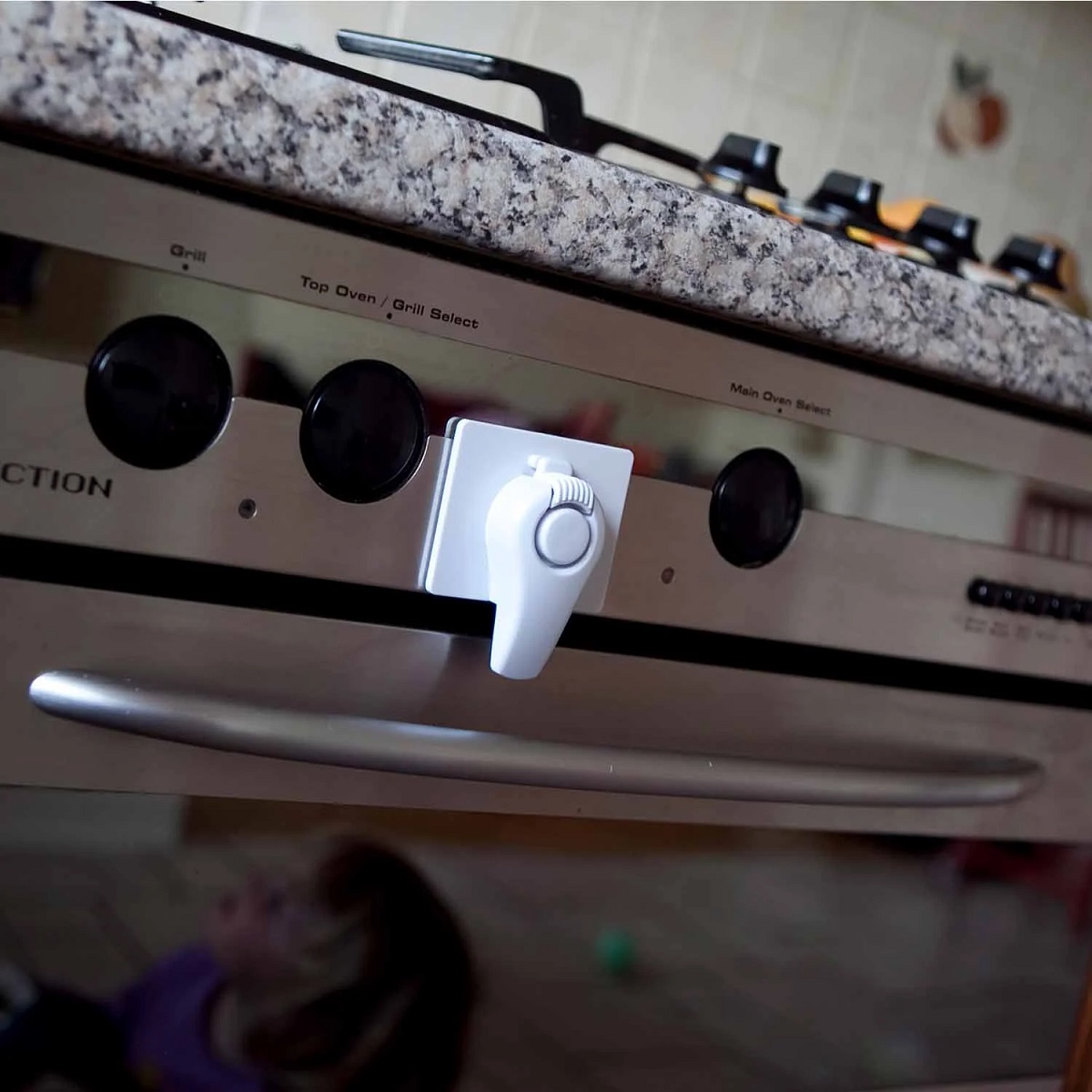
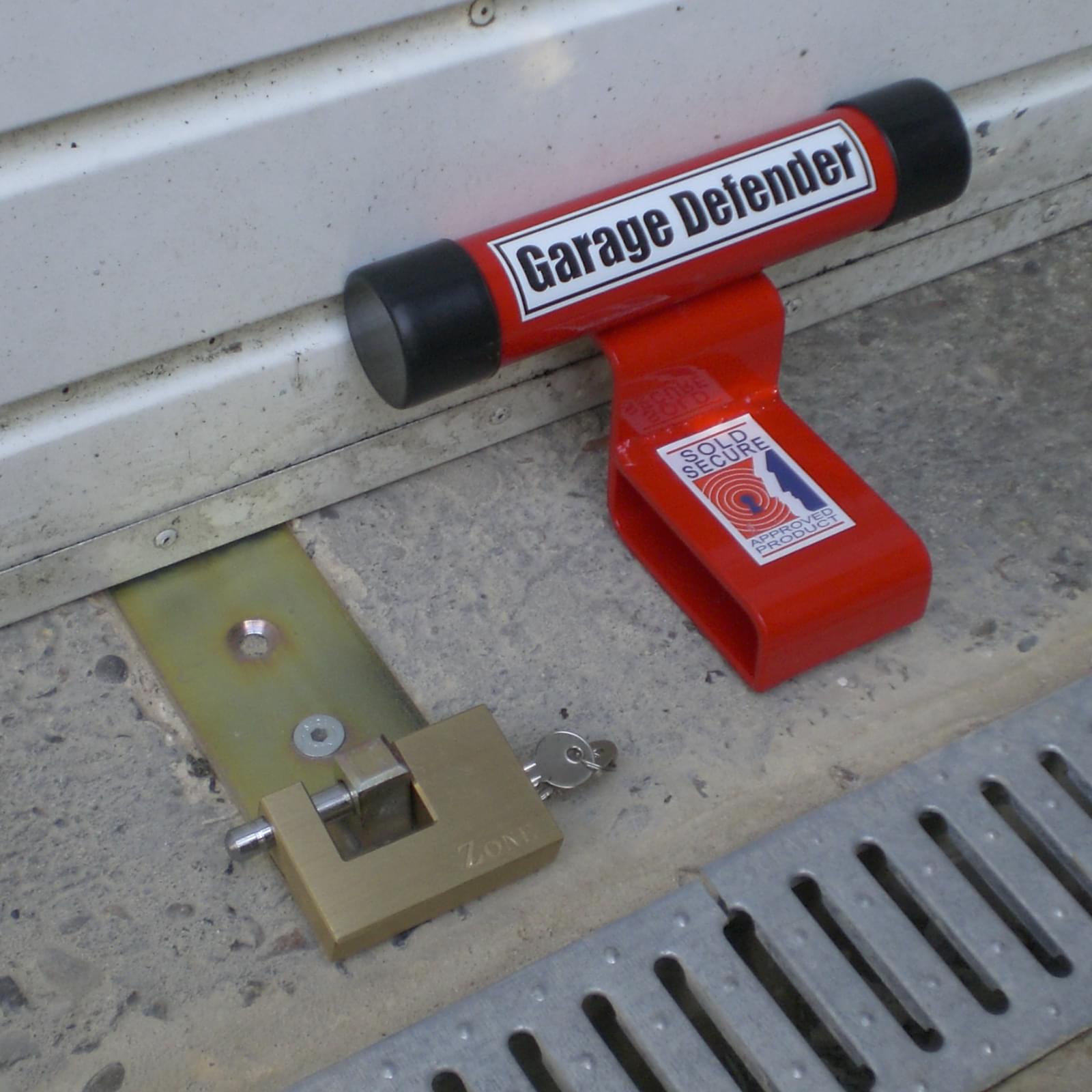
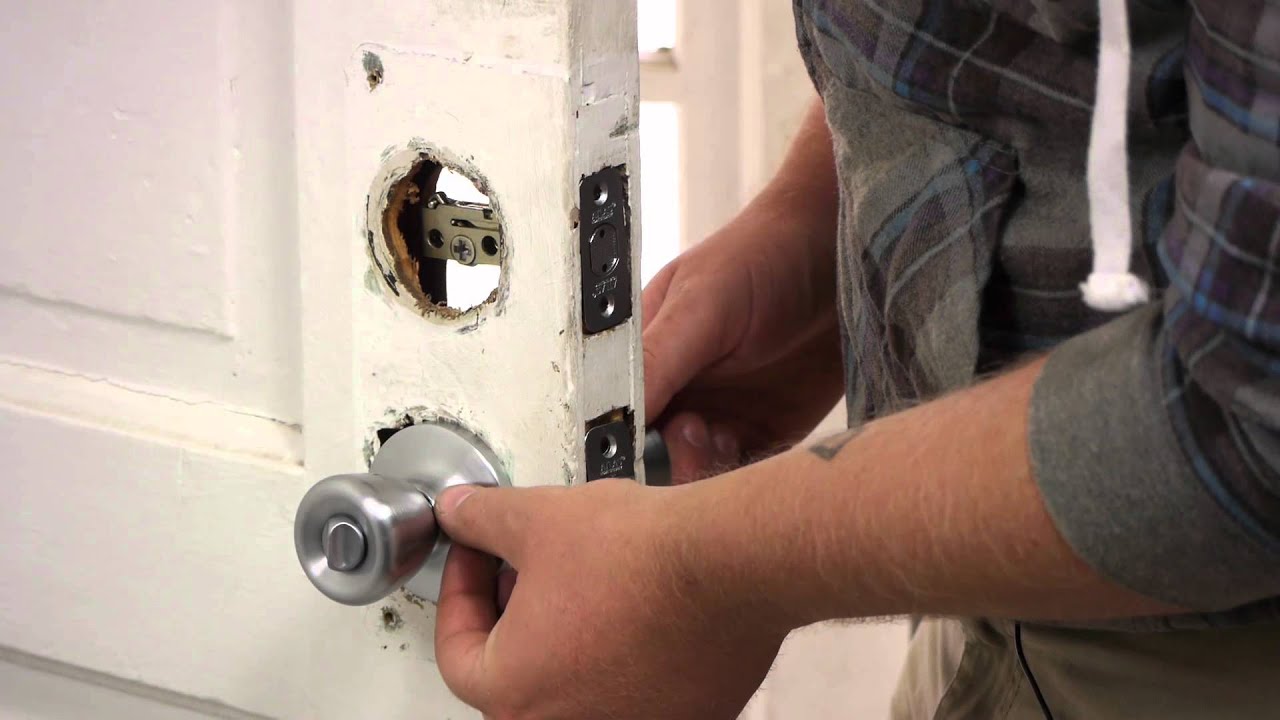

0 thoughts on “How To Add A Lock To Bedroom Door”